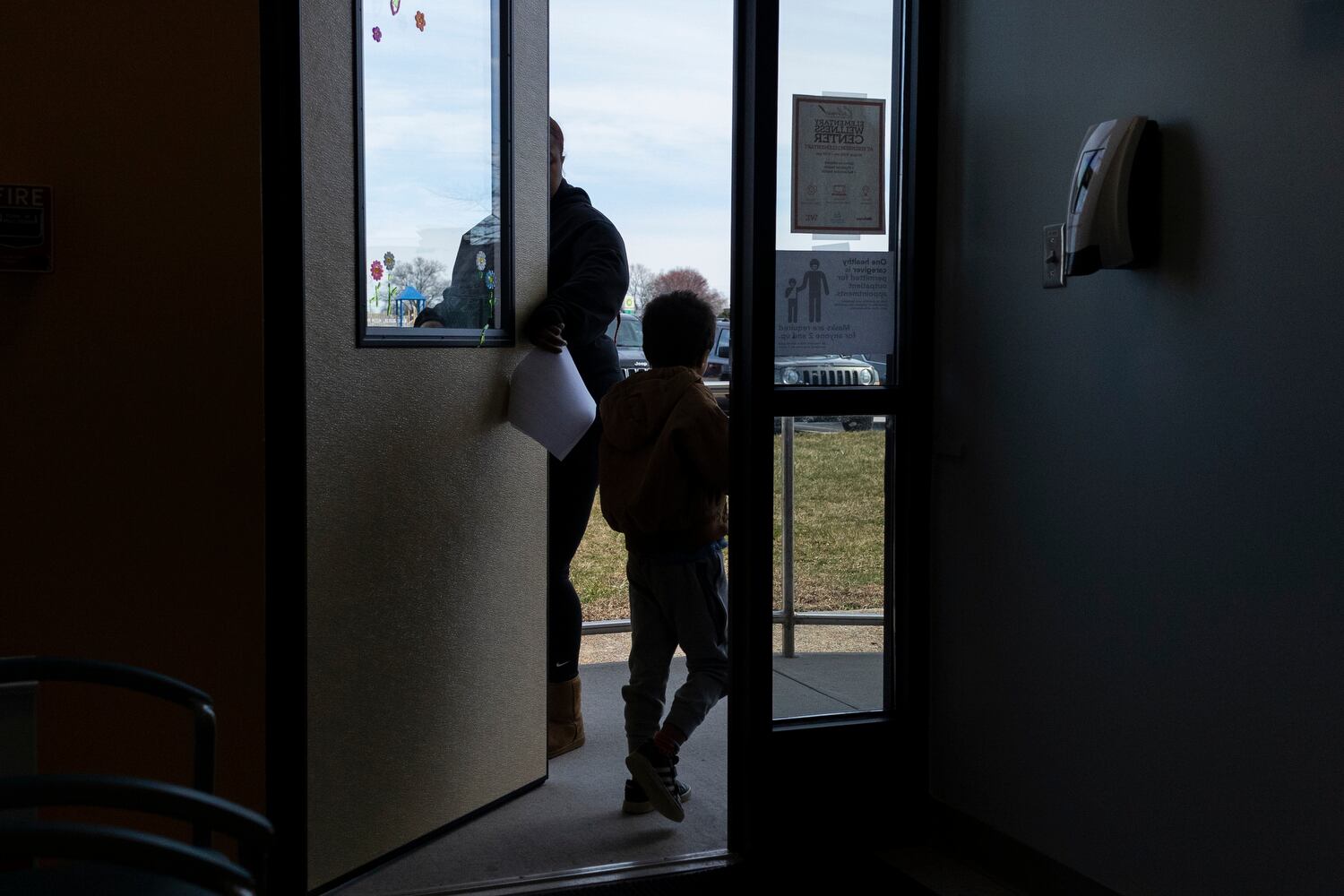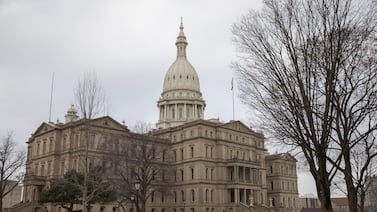Her daughter’s anxiety was spiraling out of control and Jaquetta Johnson couldn’t find help.
Last fall, as the Delaware fourth grader’s acute anxiety kept her from concentrating in class, a doctor gave Johnson a list of children’s therapists. But all were fully booked, some with wait times of six months to a year.
Then Johnson heard about a new health clinic inside a school in her daughter’s school district south of Wilmington. Johnson enrolled her daughter, and soon she was receiving counseling.
“When nobody else would see her,” Johnson said, “she was able to get help at school.”
Nationwide, nearly 2,600 health centers operated out of schools in 2017, the most recent year with available data — more than twice the number that existed two decades earlier. Some 6.3 million students in more than 10,000 schools had access to the centers, according to the School-Based Health Alliance.
School-based health centers offer free services — from flu shots and physicals to contraceptive care and talk therapy — that students can access without need of insurance or a trip to the doctor’s office. The vast majority offer behavioral health care, which is increasingly in demand as students’ mental health challenges mount.
“The mental health needs: It’s across districts, it’s across states, it’s across the country,” said Cheri Woodall, health and wellness supervisor in the Colonial School District, where Johnson’s daughter attends school.
Now, as many schools buckle under the weight of those needs and some community providers cannot meet demand, on-campus health clinics are attracting new attention.
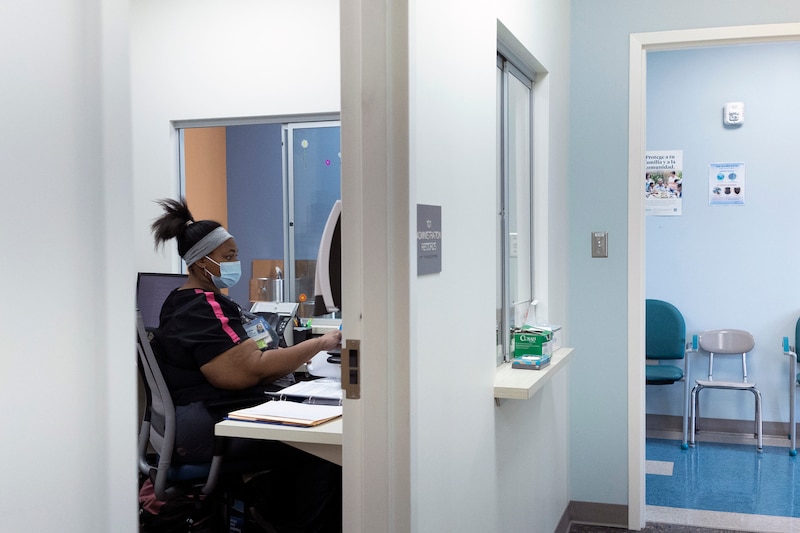
Last month, Minnesota became the 21st state to fund school clinics, according to the alliance. Many governors, including those in Ohio and Georgia, used COVID recovery money to launch school health centers, and some federal lawmakers want to boost their funding.
But despite the renewed interest in school clinics and the explosion of student needs, they remain under-funded and hard to keep afloat. Many clinics operate at a loss and must be subsidized by hospitals. Financial challenges are a major reason why just 1 in 10 public schools have access to health clinics, even as decades of research show they improve student health and academic outcomes.
“While there’s a lot of research supporting how beneficial it can be to bring this model into schools, there’s still not enough of them across the country,” said Samira Soleimanpour, a senior researcher at the University of California, San Francisco, who studies school clinics.
School clinics spread, bolstered by evidence they work
Delaware established its first school health clinic nearly 40 years ago, partly as a way to curb teen pregnancies. Today, it is the only state to require a health center in every traditional public high school.
But when David Distler became principal of Eisenberg Elementary School in the Colonial School District about a decade ago, none of the state’s elementary schools had a health clinic. Distler believed that students’ untreated medical conditions and trauma contributed to the school’s attendance and discipline problems. So when the district superintendent proposed opening a clinic at Eisenberg, Distler jumped at the idea.
It launched in 2016, becoming Delaware’s first health clinic in a traditional elementary school. Housed in a converted classroom, it features an exam room, a counseling office, and a lab that can run urine, blood, and saliva tests. Nemours Children’s Health, a nonprofit that operates pediatric hospitals and clinics, staffs it with nurse practitioners, social workers, and a psychologist.
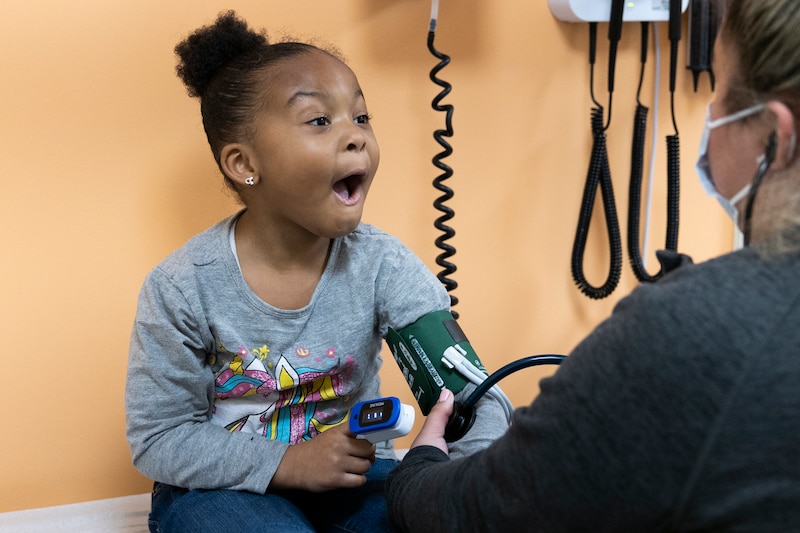
Some team members rotate among the district’s seven other elementary schools, so that students at every campus can access care. Parents simply need to enroll their children in the clinic — no insurance, copays, transportation, or time off work required.
School staffers also refer students. They can recommend counseling sessions for a child who lost a loved one, ask a clinician to intervene when a student’s unmanaged illness is causing frequent absences, or send a student with a sore throat to be tested for strep throat and, if positive, prescribed medication.
“It’s just so nice to have that support here,” said Michelle Rosseel, Eisenberg’s school nurse. “It works beautifully.”
Lorena Sandoval, the clinic’s medical assistant, recalled a student whose family had recently moved to the U.S. The boy needed a physical and immunization shots to start school, but his family lacked insurance and most doctor’s offices were booked solid. The school wellness center was able to see him within days, and soon he was taking classes.
Distler watched attendance and behavior at his 400-student school improve as more children received medical care and counseling. The number of “discipline referrals” for serious misbehavior plummeted from 1,000 annually when he arrived at Eisenberg to around 100 per year now, Distler said, which he attributes partly to the center.
“You’re getting those high-needs kids the help they need,” he said.
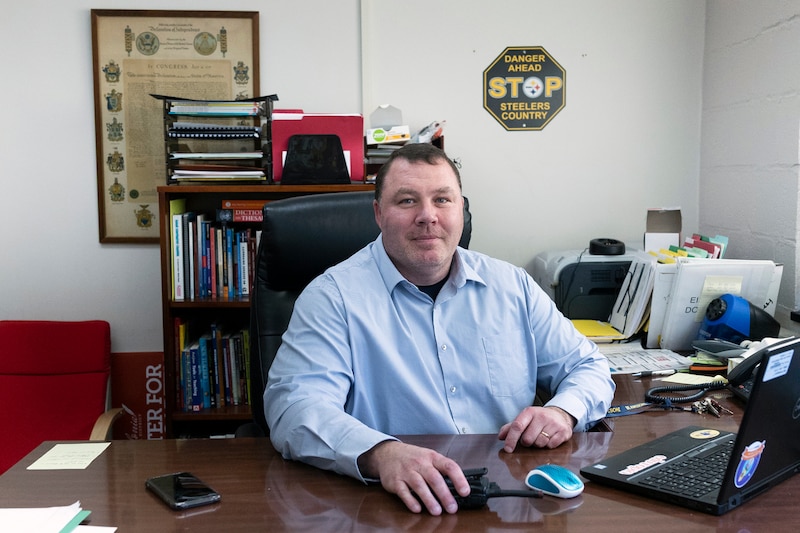
Researchers have found that school health clinics boost vaccination rates, reduce emergency room and hospital visits, and can lower rates of teen pregnancy and depression. They also appear to improve student grades and attendance, and reduce disparities by making health care more accessible to Black, Hispanic, and students from low-income backgrounds.
In addition to primary care, such as check-ups and asthma management, about 1 in 5 school clinics provide dental care and half offer reproductive health services to teens, including pregnancy and sexually transmitted infections tests, according to a 2021 survey.
Behavioral health is a major focus: 80% of clinics offer support for students struggling with anxiety, substance use, suicidal thoughts, and other mental health challenges.
“For our most vulnerable students, that might be their only care,” said Katy Stinchfield, director of behavioral health programs at the School-Based Health Alliance. “If they don’t get it at school, they don’t get it.”
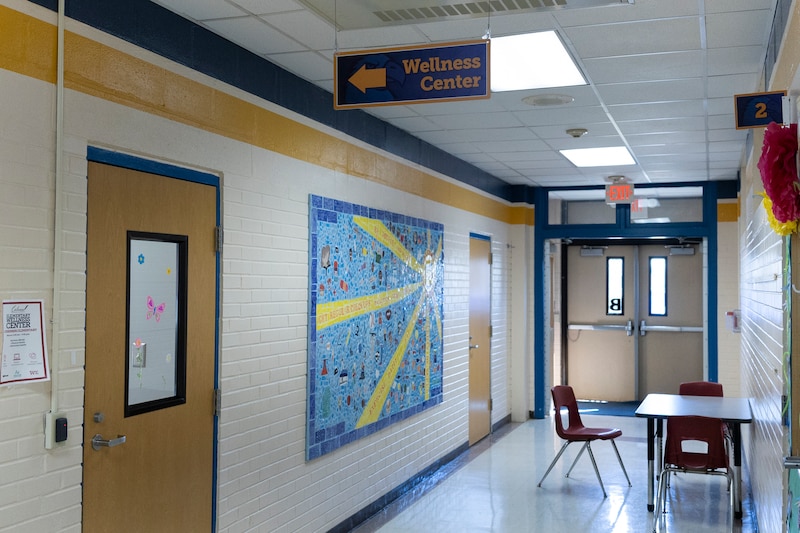
Despite support, school clinics struggle to stay afloat
Today, health clinics are as commonplace in Delaware’s public high schools as libraries and cafeterias. Yet funding remains a perennial challenge.
State aid covers about half of the clinics’ annual operating costs, according to a 2021 state task force report. The clinics also bill Medicaid and private insurers, but some students aren’t insured, certain services aren’t covered, and clinics don’t bill for confidential services, such as sexual health care. Also, only about 1 in 5 eligible Delaware students enroll in the clinics, according to a state analysis, limiting the number of billable services provided.
The result is a net loss of $22,000 per year for the average high school clinic and a gaping $300,000 annual deficit for elementary school clinics, which until recently did not receive state aid. The nonprofit hospitals that manage the clinics must make up the difference.
The same scenario plays out in other states, including New York, whose latest budget allocates about $21 million for the state’s more than 250 school-based health centers. The state grants and insurance reimbursements rarely cover a center’s full operating costs, said Dr. Viju Jacob, medical director at Urban Health Plan, a nonprofit that runs 12 school clinics in New York City.
“In my 19-plus years of being in the school-based health center world, I think one year we hit even,” he said. “But the organization believes in the mission, so we continue.”
Congress budgeted $50 million for school health clinics this fiscal year, but only about half are eligible. Advocates have urged Congress to quadruple that amount to $200 million in next fiscal year’s budget, which is currently being negotiated, and extend eligibility to all clinics.
More than 90 members of Congress have joined the call for more funding. Among them is Sen. Tom Carper, a Democrat and former governor of Delaware who has long championed school clinics.
“We’ve been a model, and actually showed that this is not just a good idea, but one that works,” said Carper, who accompanied U.S. Secretary of Education Miguel Cardona on a visit to Eisenberg’s health center last fall.
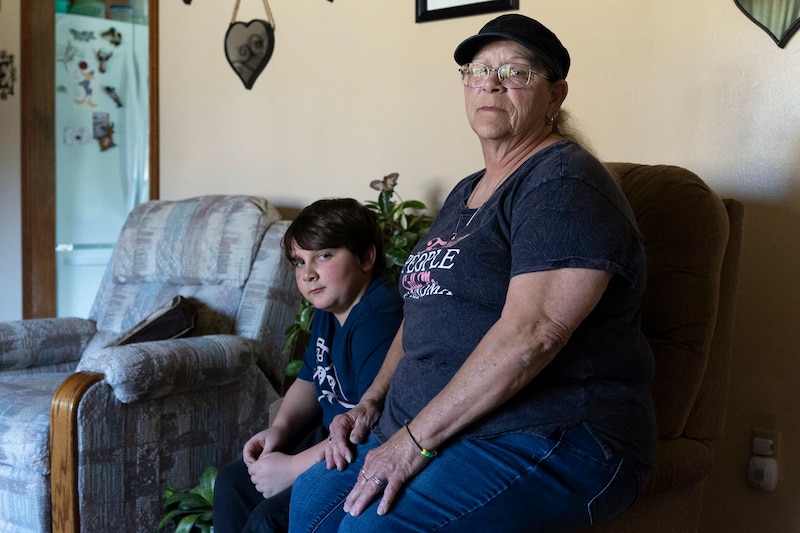
But the likelihood of a federal funding boost dwindled last month, when leaders of both parties agreed to a debt-ceiling deal that would freeze most domestic spending — meaning schools can’t count on Washington to keep their clinics open.
Delaware officials say they remain committed to school health centers. In 2020, the legislature began funding clinics in elementary schools with the greatest needs.
“It is a key component of public health,” said Leah Jones Woodall, who oversees school clinics for the state’s health and social services department.
The Colonial School District spends $675,000 annually to maintain its elementary school clinics, and recently it secured a $200,000 grant from the county to open its first middle school clinic later this year. Eventually, students will be able to attend schools from kindergarten to graduation where health care is just down the hallway.
The clinics have also expanded their offerings. Last fall, Nemours Children’s Health hired a social worker, Dwane Budheah, who assists families with everything from food to housing — non-medical needs that play a big role in children’s health.
A few months ago, he contacted Tina Kline, who last year began raising her grandson John, a second grader, and his older sister. Kline was struggling to make ends meet on her fixed income, so Budheah accompanied her to the school pantry to load up on food and household items. Later, he brought John a new winter coat, a jacket, jeans, and socks.
“It made me feel good,” Kline said, “that somebody cared enough to help.”
Patrick Wall is a former senior reporter at Chalkbeat.

